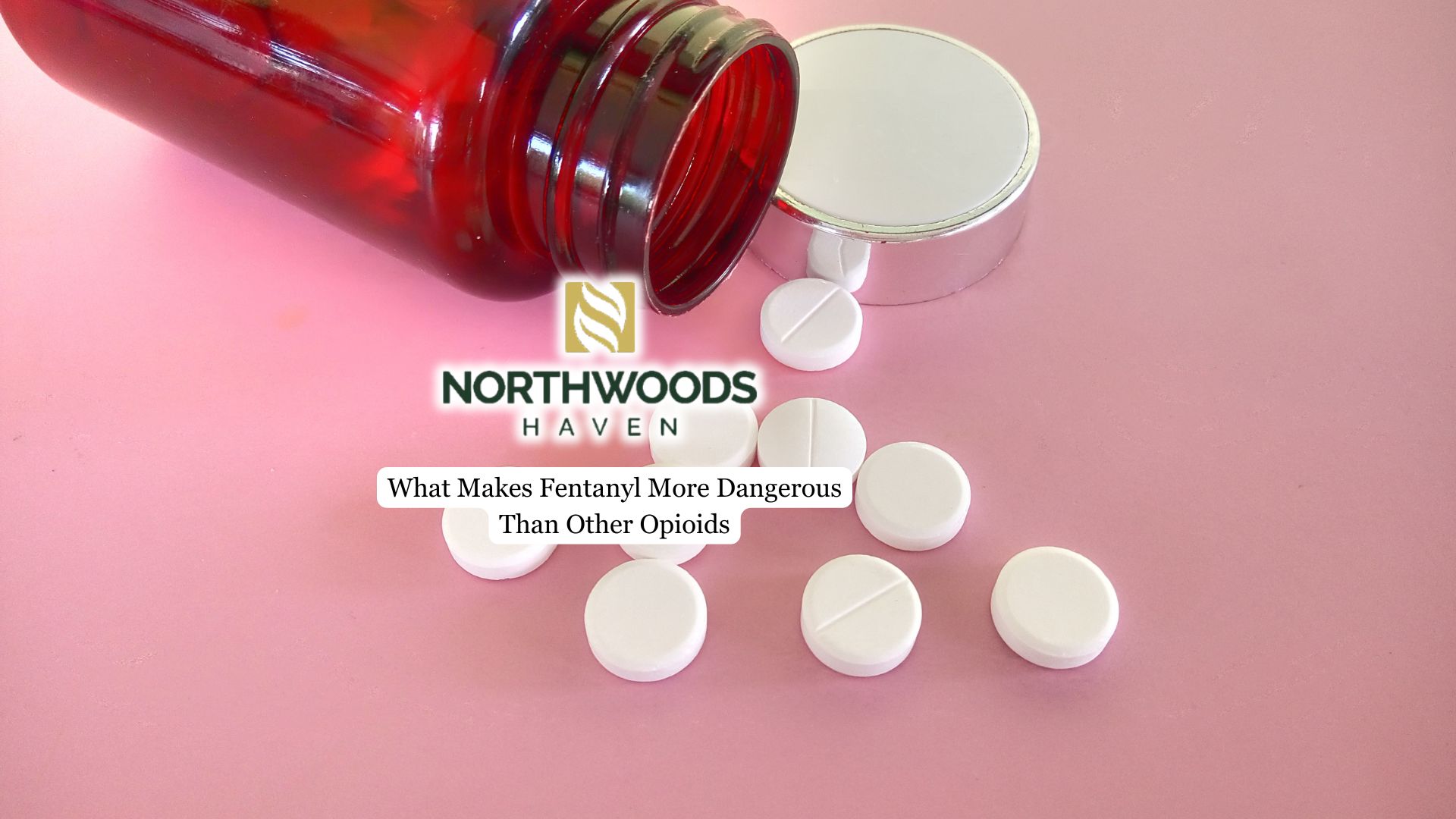Going through fentanyl withdrawal is a challenging but necessary step for anyone working toward recovery from opioid dependence. Because of the drug’s high potency, the process can feel intense and overwhelming. Understanding what to expect helps individuals and families prepare, recognize risks, and seek proper medical support.
This article provides clear information on the stages, symptoms, and safe management of this process to help readers approach recovery with realistic expectations.
Why Fentanyl Withdrawal Occurs
Withdrawal occurs when the body, dependent on regular use, no longer receives the drug. Fentanyl alters how the brain and nervous system respond to pain and pleasure. Because the drug is 50 to 100 times more potent than morphine, it carries a much higher risk of overdose and has a strong potential for addiction. When use is suddenly reduced or stopped, the brain struggles to rebalance, leading to both physical and psychological symptoms. This process is a predictable outcome of prolonged opioid use.
The body must adjust to functioning without opioids, which is why the effects can be so strong. For many, this is the first step toward fentanyl addiction treatment, where short-term symptom management and longer-term recovery care come together to support lasting change.
Early Withdrawal Symptoms
The first signs often begin within 12 to 24 hours after the last dose. During this phase, people may experience restlessness, anxiety, and flu-like discomfort. Common effects include sweating, muscle aches, watery eyes, a runny nose, and frequent yawning. These indicate that the body has started to react to the absence of fentanyl.
Though not life-threatening, these symptoms can cause significant distress, making it difficult to resist the urge to return to use. Emotional unease during this stage can also feel overwhelming, adding another layer of difficulty.
Peak Withdrawal Symptoms
Symptoms typically peak between 48 and 72 hours. This stage is often considered the most difficult. Cravings become more intense, and physical discomfort may escalate. Common issues include nausea, vomiting, diarrhea, abdominal cramps, chills, and insomnia. Many individuals also experience muscle spasms, headaches, or rapid heartbeat.
Emotional symptoms such as irritability, depression, or panic can intensify, making it harder to cope. This period carries a high risk of relapse because the body is under severe stress, and cravings are at their strongest. Having medical or therapeutic support during this stage can make a significant difference in staying safe and committed to recovery.

Duration and Resolution of Symptoms
Acute withdrawal usually lasts 5 to 7 days, though lingering effects may continue beyond the first week. Some individuals develop post-acute withdrawal syndrome (PAWS), where mood swings, sleep problems, and fatigue can last for weeks or even months. Difficulties with concentration, irritability, or low energy may interfere with daily routines. The severity and duration vary depending on factors such as how long fentanyl was used, the amount taken, and whether other substances were involved.
Age, overall health, and any underlying mental health conditions can also influence how long symptoms last. Without professional medication support, complications like seizures may arise. Although recovery is gradual, each stage represents progress toward stability.
Managing Withdrawal Safely
This process should not be faced alone. Medical supervision is strongly recommended to reduce risks and improve comfort. Treatment options include medication-assisted treatment (MAT) with medications like buprenorphine or methadone, which ease cravings and minimize discomfort. Clonidine may also be prescribed to reduce anxiety, sweating, and muscle aches.
Supportive care, such as hydration, proper nutrition, and rest, also plays a vital role. Therapy and counseling can help individuals address the psychological impact, providing strategies to manage cravings and prevent relapse. Having professional support ensures that care is balanced between physical stability and emotional resilience.
The Importance of Professional Help
Attempting detox without medical support can be dangerous. The intense cravings, emotional distress, and exposure to triggers may lead to relapse, increasing the risk of overdose if use resumes. After a period of abstinence, the body’s tolerance drops, which makes relapse especially risky.
Professional treatment centers provide structured care, monitoring, and emotional support that significantly increase the chances of lasting recovery. Medical professionals can intervene if complications arise and help individuals stay on track through difficult moments. Choosing a safe environment with experienced providers makes the process more manageable and less overwhelming. It also builds a foundation for ongoing recovery beyond the initial stage.
Final Thoughts from Northwoods Haven Recovery
Withdrawal from fentanyl is a difficult process, but it is also a critical step toward recovery. Understanding the stages, symptoms, and risks, individuals and families can approach the process with clarity and preparation. The key takeaway is that while the experience is uncomfortable, it is temporary and signals the body’s adjustment toward healing. Every stage passed is a sign of progress, even when the symptoms feel challenging. If you or a loved one is preparing to begin fentanyl addiction treatment, professional help can make the journey safer and more effective.
At Northwoods Haven Recovery, we understand the unique challenges of fentanyl dependence and the withdrawal process. Our team provides compassionate, evidence-based care to support individuals safely. With structured outpatient addiction treatment in Minneapolis, MN, recovery becomes not only possible but sustainable.


